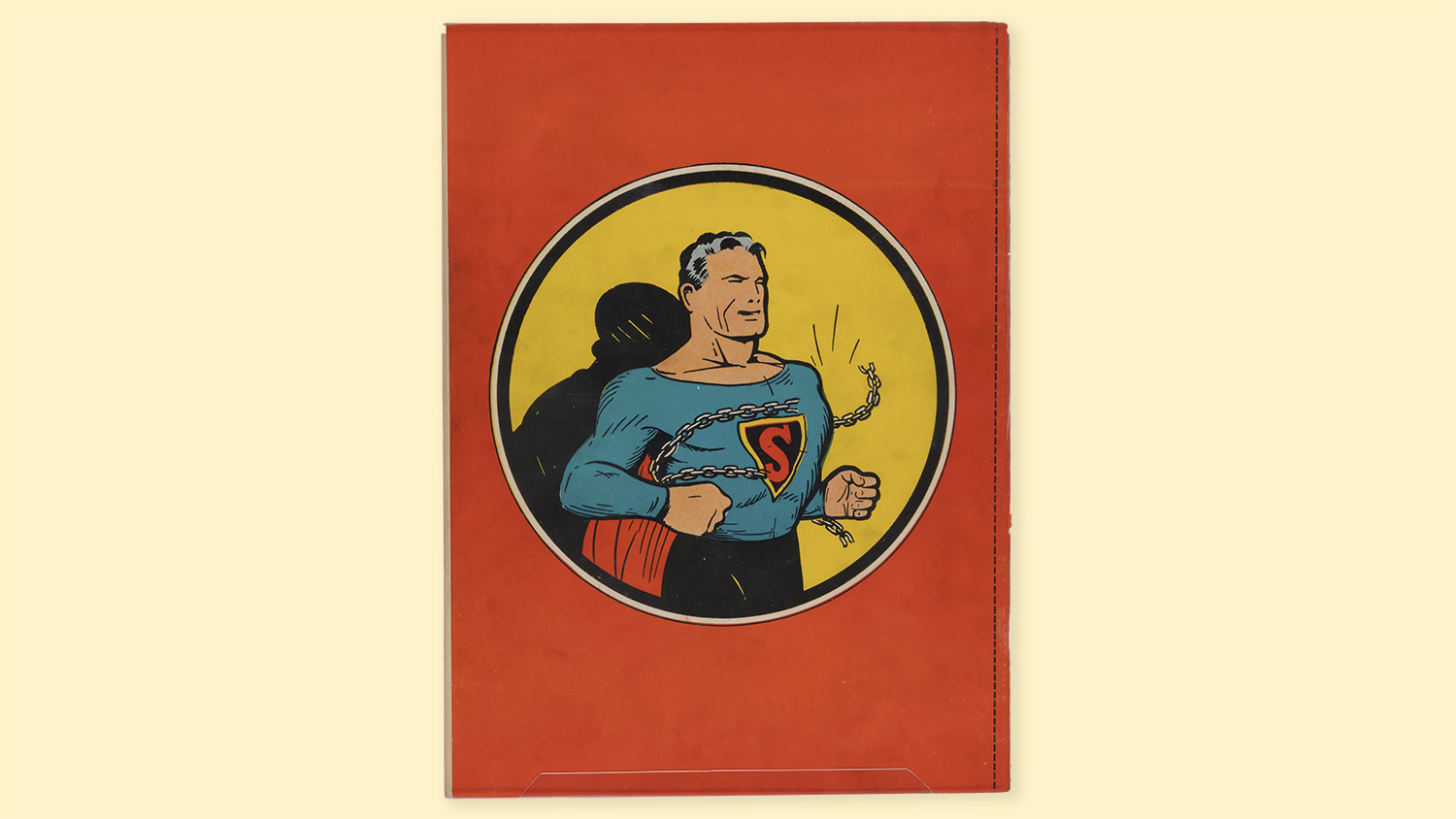Superman Comic Sells for $9 Million
A copy of the first comic book featuring Superman set a record when it was sold in an auction.

Heritage Auctions/HA.com
The very first comic book dedicated to Superman was published by DC Comics in 1939.
You may know Superman from the many times he has appeared in movies. But the legendary superhero first appeared in comic books almost 90 years ago. Recently, one of the first Superman comic books sold in an auction for a record-high price.
A copy of Superman #1, the first comic book dedicated to the hero known as the Man of Steel, sold for $9.12 million. The comic book, which was printed in 1939 and originally cost 10 cents, has become far more valuable over the years because it’s old, rare, and in near-perfect condition.
Three brothers from California found the comic book in the attic of their mother’s home in 2024, after she died. It had been placed in a cardboard box along with some newspapers. The brothers found other comic books in the attic, but Superman #1 stood out. Although Superman had appeared in other comic books before this one, Superman #1 was the first in which he was the main character.

Heritage Auctions/HA.com
The back cover of the first Superman comic book shows the strength of the “Man of Steel.”
The brothers said their mother had told them about her comic book collection. She and her brother loved comic books as kids and bought them whenever their family could afford it. But the youngest of the three brothers, who are all adults, said they’d forgotten about the collection until they came across it last year.
Superman #1 is valuable to comic book collectors because it helped introduce a character that became an iconic, or very important, superhero. The Superman character has appeared in several TV shows and movies, including a few blockbusters. (Others are set to be released in 2026 and 2027.) Superman comic books are also still being produced.
Lon Allen of Heritage Auctions, which supervised the sale of this copy of Superman #1, says the brothers’ discovery of this rare comic book is truly special.
“It was just in an attic, sitting in a box, could have easily been thrown away, could’ve easily been destroyed in a thousand different ways,” Allen told NPR. “A lot of people got excited because it’s just every factor in collecting that you could possibly want all rolled into one.”







